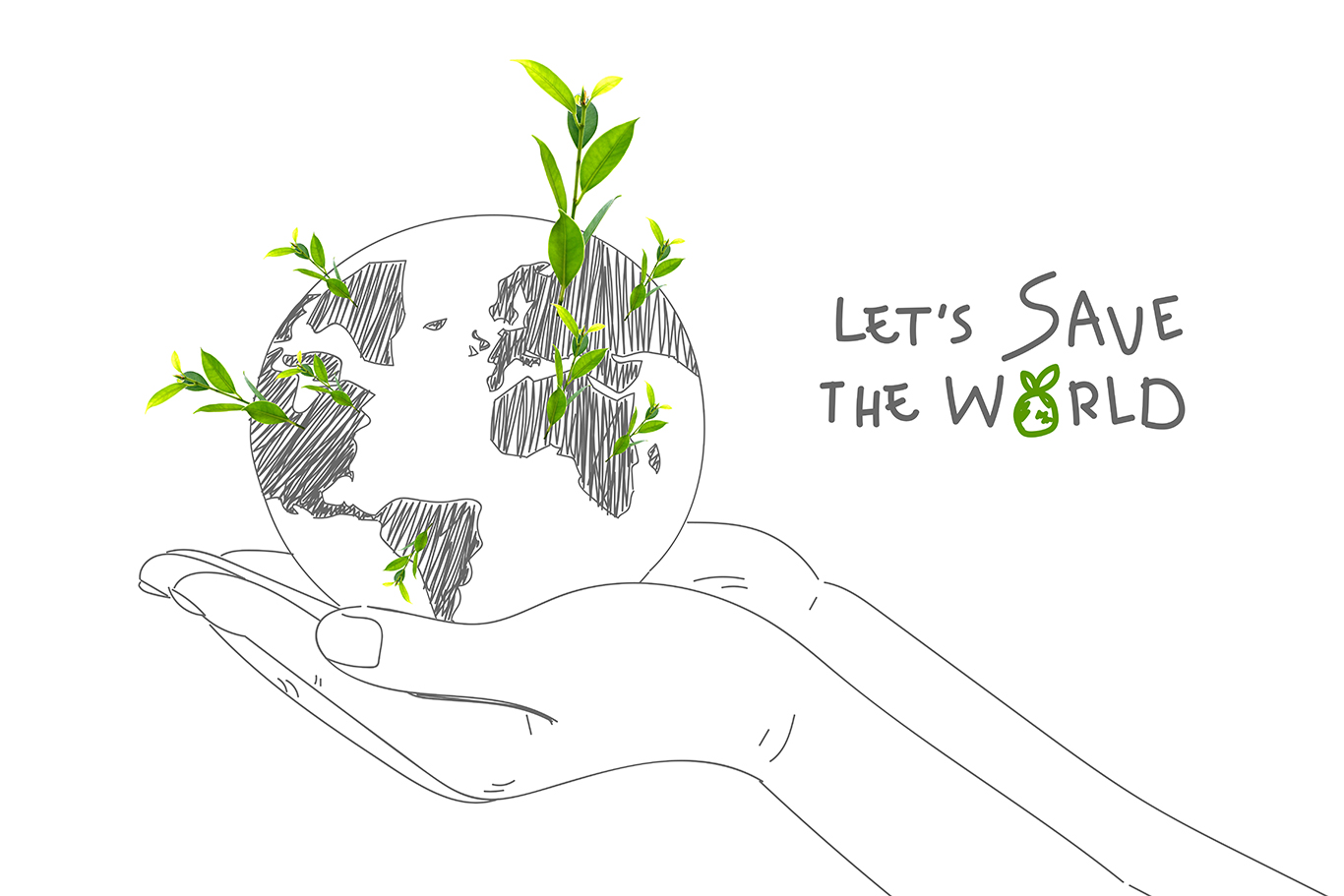Earth Day 2022: Sustainability, Adaptive Reuse, Electric Works

As today is earth day, it seems fitting to discuss the topic of sustainability in architecture. As those involved in the architectural community are aware, many different practices can be implemented into a project to deliver a more sustainable product. In this post, however, I would like to discuss an idea that many don’t consider when they think about sustainability and architecture, the adaptive reuse of existing buildings. As Carl Elefante stated, “The greenest building is the one that is already built.”
Just as we recycle paper, plastic products, and many other single-use items in our society, we need to consider the impact of demolishing existing buildings on our community. The amount of waste produced through demolition is significantly more than anticipated, with barely any of the materials in a condition to be recycled without an additional cost and added manpower. The reuse of an existing building allows for a large percentage of the embodied energy to be saved since most of a building’s carbon emissions come from the production of the materials used and the assembly of the structure. The carbon impact of constructing a building, demolishing the building, and then building new is an unnecessary waste. Our society has countless well-built, existing structures sitting vacant.
These vacant buildings are just waiting to be updated and restored. Reusing these structures and incorporating new sustainable technologies, such as electrical and mechanical retrofits, solar energy, and efficient materials, allows societal development without waste and with a more sustainable future.
Not only does the reuse of existing structures lower the environmental impact, but it also maintains an irreplaceable cultural aspect of the society. Most of the buildings marked for demolition have been in existence for longer than residents. Though we might not realize it, our communities have a deep connection to the built environment, especially to the buildings that have been standing for decades, even centuries. The demolition of these historic buildings is a loss of pieces of our culture and history as a community that we can never get back. Some may not see this as a huge loss when it comes to new advancements; however, when there is an opportunity to reuse and to merge our current cultures with ones of the past, why suffer the loss at all?
One of the most impactful adaptive reuse projects in my community is the reuse of the former General Electric plant that has been unutilized for many years. The commitment to the restoration of a campus of this magnitude is daunting to say the least but significantly less to the alternative of its demolition and possible new construction. With the help of so many architecture firms, engineering firms, consultants, and contractors involved to make this project a success, it gives hope that the architecture community is changing its outlook on adaptive reuse and is encouraging it to be used as sustainable opportunity. To be able to see the Fort Wayne community come together to save the 130-year-old historic campus and transform it into a place of the future is inspiring to a young architect.
Author: Emma Ocken

